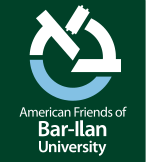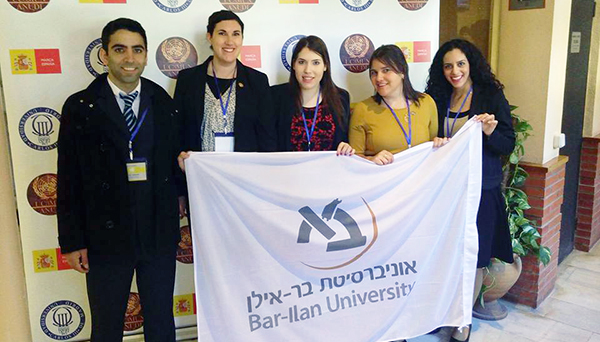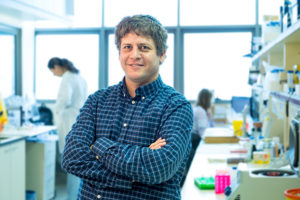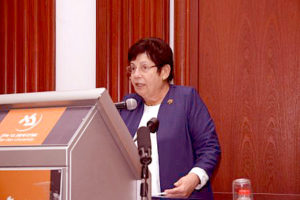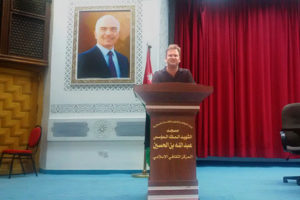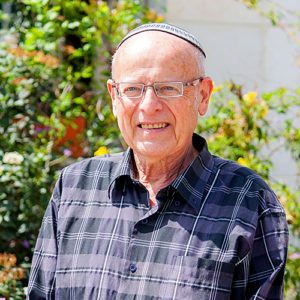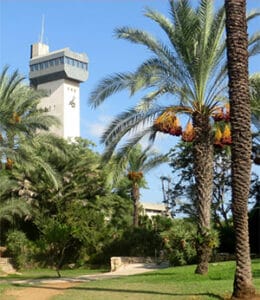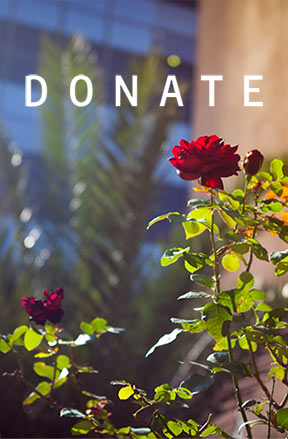Unearthing one of the top ten archaeological discoveries of 2015, BIU Land of Israel Studies & Archaeology faculty have also made some spicy discoveries about the Philistine impact on Israeli flora in antiquity.
BIU Biblical Finds Among Top 10 Discoveries of 2015
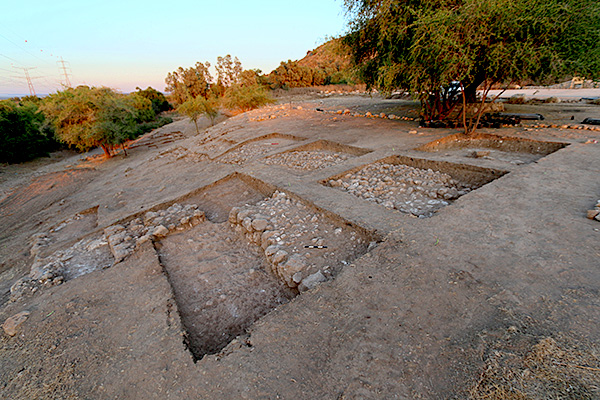
The Tell es-Safi Excavations
The Tell es-Safi Excavations, headed by BIU Prof. Aren Maeir, has uncovered the entrance gate and fortifications of the biblical city of Gath of the Philistines, home of Goliath, in the Judean Foothills. These finds were ranked in the top ten archaeological discoveries of 2015 by leading journals in the field. Prof. Maeir, of the Martin (Szusz) Department of Land of Israel Studies and Archaeology, noted that the city gate is among the largest ever found in Israel, and supports the notion that Gath was a large and thriving city.
Spicing Up Israeli Flora in Antiquity
When the Philistines — one of the so-called Sea Peoples — arrived in Israel more than 3,000 years ago, they brought not just themselves but also their plants. And some of these exotic species have had a substantial impact on local flora — long after the Philistines disappeared from the scene.
In a recent study describing the bio-archaeological remains of Philistine culture during the Iron Age (12th-7th centuries BCE), BIU archaeobotanists Prof. Ehud Weiss and Sue Frumin, archaeologist Prof. Aren Maier, and Dr. Liora Horovitz from Hebrew U discovered that “the edible parts of these species — opium poppy, sycomore, and cumin — were not identified in the archaeobotanical record of Israel prior to the Iron Age, when the Philistine culture first appeared in the region,” explains Frumin, a PhD student in Weiss’s archaeobotanical lab. “None of these plants grows wild in Israel today, but instead grows only as cultivated plants.” Their research was published in Scientific Reports (August 25, 2015).
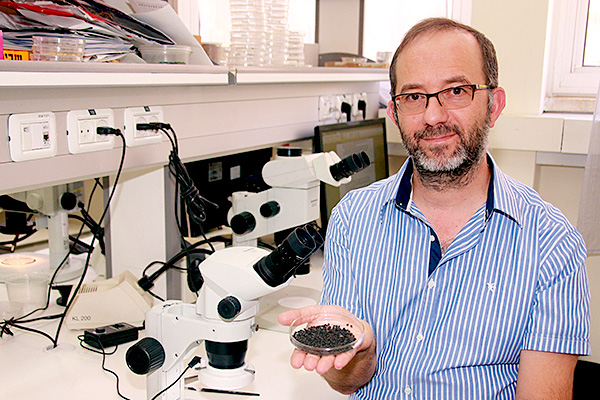
Prof. Ehud Weiss
An Agricultural Revolution
The Philistine “agricultural revolution” reflects a distinctive agrarian regime and dietary preferences which vary from that of their ancient contemporaries. The fact that the three exotic plants introduced by the Philistines emanate from different regions accords well with the diverse geographic origin of this multi-ethnic community with roots in the Aegean, Turkey, Cyprus and other Eastern Mediterranean regions.
The results of this research indicate that the 600-year Philistine presence in Israel had a major, long-term impact on local floral biodiversity. The Philistines left behind their biological heritage — sycomore, cumin, coriander, bay tree, opium poppy, and other exotic plants which are still cultivated in Israel today.
As illustrated by these studies, the examination of the ancient bio-archaeological record has the potential to help us understand the long-term mechanisms that have contributed to plant diversity. The discovery of ancient human impact on plant dispersal across the geographical regions may also assist ecologists in dealing with invasive species, which spread and threaten native flora.
